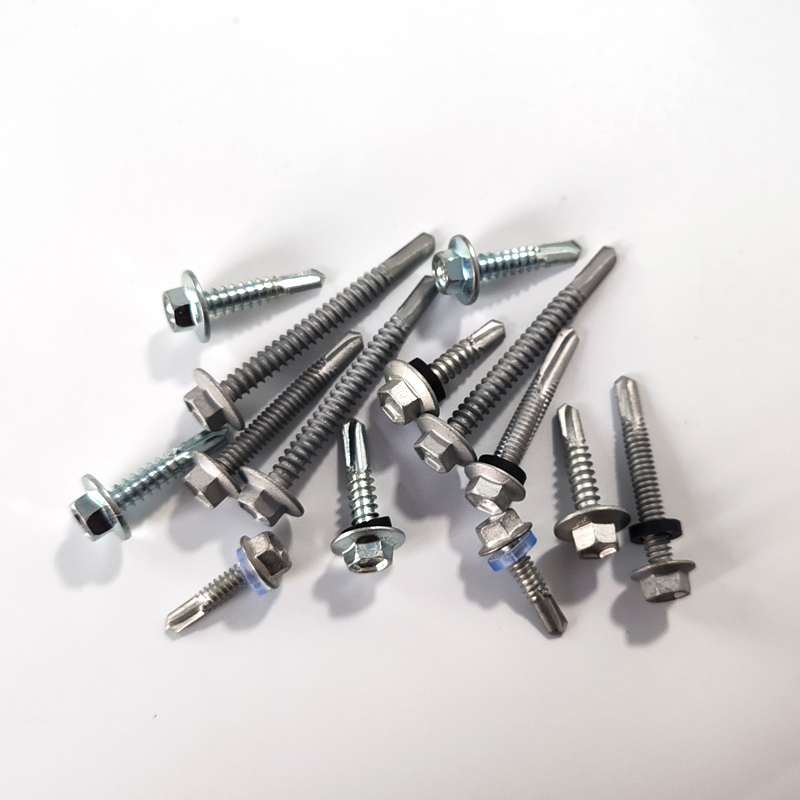chemical anchor
The Versatility and Utility of Chemical Anchors in Modern Construction
In the realm of construction and engineering, the demand for robust anchoring systems has never been more critical. Among the plethora of fastening technologies, chemical anchors have emerged as a preferred solution for various applications. These anchors utilize chemical adhesives to bond fixtures securely to concrete and other materials, providing a reliable alternative to traditional mechanical anchors.
What Are Chemical Anchors?
Chemical anchors consist of a resin-based adhesive used in conjunction with a threaded rod or rebar. When the adhesive is injected into a pre-drilled hole, it bonds with the surrounding material, allowing the embedded threaded rod or rebar to create a strong, load-bearing connection. The process of anchoring starts with drilling a hole to the required depth and width, followed by cleaning the hole to remove any dust or debris. The anchoring resin is then injected, and the rod is inserted within a specified time frame, allowing it to cure and establish a robust bond.
Benefits of Using Chemical Anchors
1. High Load Capacity Chemical anchors can handle significant loads and are ideal for heavy-duty applications. Their high bond strength makes them suitable for securing structural elements, such as beams, columns, and heavy machinery. The curing of the adhesive solidifies the connection between the anchor and the substrate, providing superior load distribution compared to mechanical anchors.
2. Versatility in Applications Chemical anchors are versatile and can be used in various settings, including concrete, brick, and masonry. They excel in applications where standard mechanical anchors may fail due to high tension, shear forces, or environmental conditions. This versatility enables engineers and construction professionals to use chemical anchors in a wide array of projects, from residential buildings to large-scale industrial facilities.
3. Resistance to Environmental Factors Chemical anchors offer exceptional resistance to environmental elements, such as moisture, temperature fluctuations, and corrosive substances. This characteristic is particularly advantageous for outdoor constructions or facilities in industrial areas where anchors are subjected to harsh conditions. Many chemical adhesives are formulated to withstand such exposure, ensuring long-lasting performance.
chemical anchor

4. User-Friendly Installation Despite their advanced technology, chemical anchors are relatively straightforward to install. The process does not require specialized equipment beyond standard drilling and injecting tools, making it accessible for contractors of varying skill levels. Additionally, chemical anchors can often be installed in close proximity to edges or in tight spaces, a significant advantage in areas with limited access.
5. Reduced Risk of Side-Sway One of the primary concerns with traditional mechanical anchors is their susceptibility to side-sway or lateral movement under load. Chemical anchors are less prone to this issue due to the flexible nature of the chemical bond. This characteristic enhances structural stability and safety, particularly in applications subject to dynamic loading conditions, such as seismic zones.
Challenges and Considerations
While chemical anchors present numerous advantages, they are not without challenges. One major consideration is the curing time of the adhesive, which can affect project timelines. Depending on the specific product used, curing can take from a few minutes to several hours. It is crucial for contractors to factor this into their planning to avoid delays in subsequent construction activities.
Another consideration is the potential for improper installation. An ineffective bond due to inadequate cleaning of the drilled hole or incorrect adhesive application can lead to failure. Thus, following manufacturer guidelines and best practices is essential for achieving optimal results.
Conclusion
In conclusion, chemical anchors represent a dynamic and effective solution for securing structural elements in a variety of construction scenarios. Their high load capacity, versatility, environmental resistance, user-friendly installation, and mitigation of side-sway risks position them as an essential tool for engineers and builders. While challenges related to curing times and proper installation exist, the benefits far outweigh these concerns. As the construction industry continues to evolve, chemical anchors will likely play an increasingly critical role in ensuring the safety and stability of modern structures. As such, ongoing research and development in this field will pave the way for even more innovative anchoring solutions, setting a new standard for construction practices worldwide.
-
Weatherproof Plastic Expansion Anchors for OutdoorNewsJun.06,2025
-
Sustainability in the Supply Chain: Eco-Friendly TEK Screws ProductionNewsJun.06,2025
-
Load-Bearing Capacity of External Insulation FixingsNewsJun.06,2025
-
Double Head Bolts: Enhancing Efficiency in Industrial MachineryNewsJun.06,2025
-
Corrosion Resistance in Chipboard Screws: Coatings for Wholesale DurabilityNewsJun.06,2025
-
Butterfly Toggle Bolts : Enhancing Structural ResilienceNewsJun.06,2025
